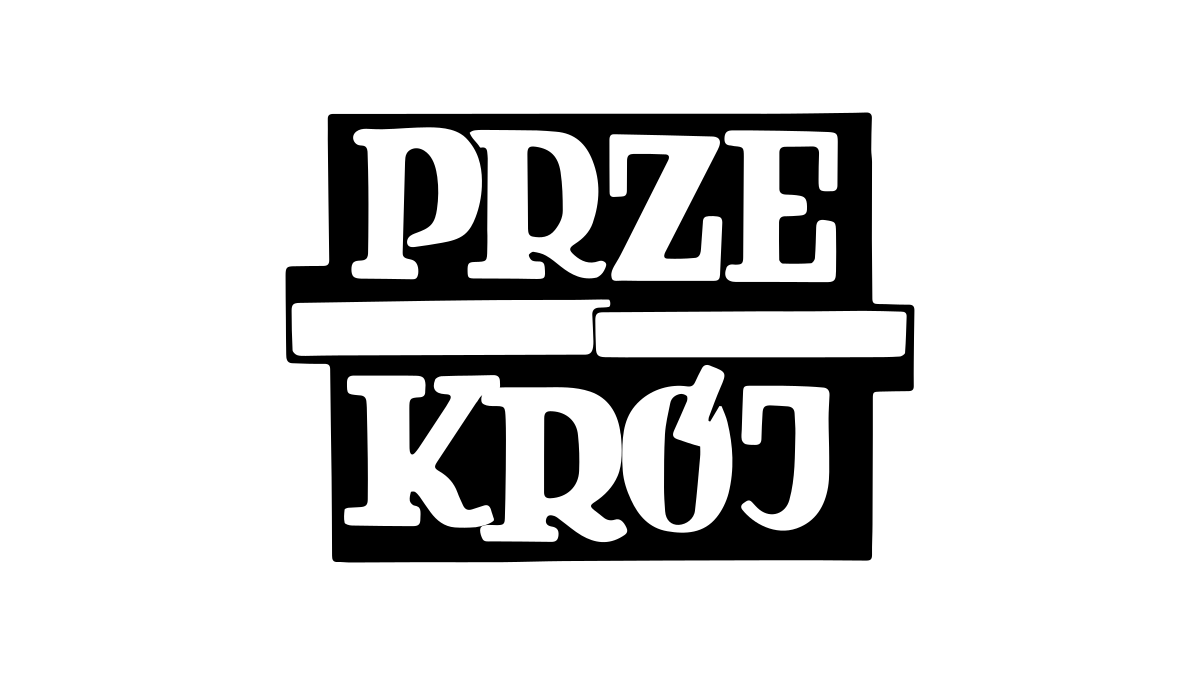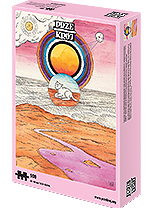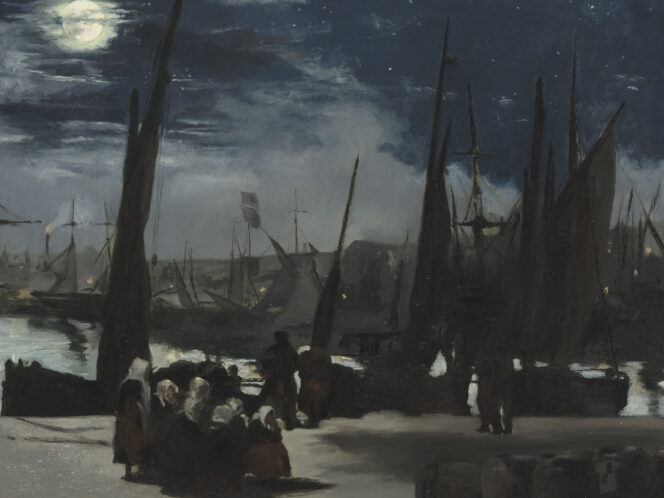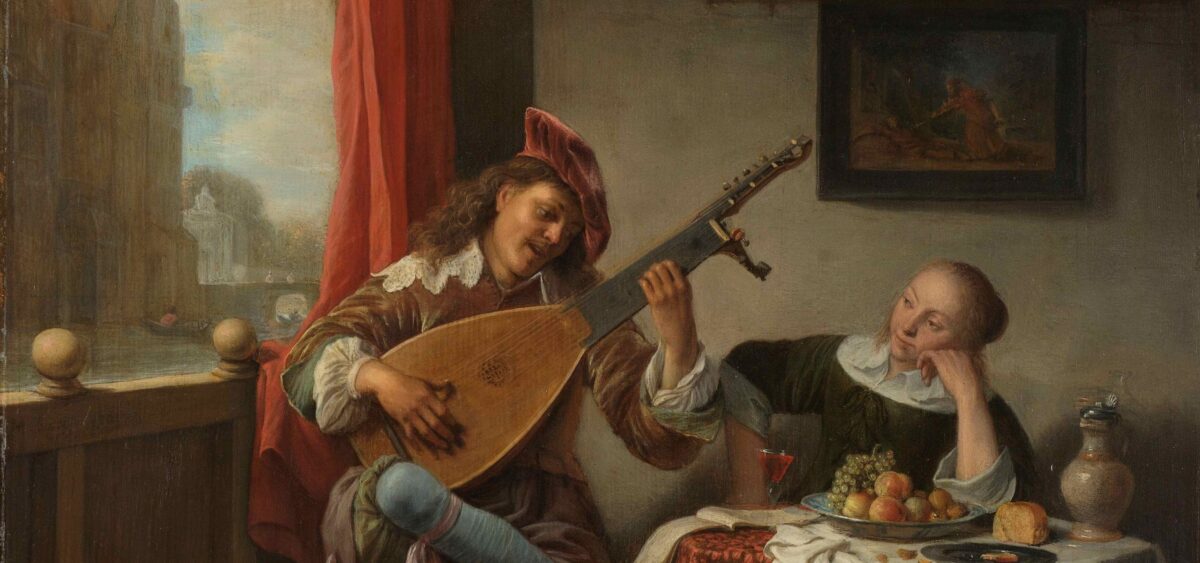
Its gravitational pull causes the ocean’s tides to ebb and flow; it has been responsible for a number of musical compositions, paintings, and literary works—as well as the admission of unwell people to mental asylums. The moon has a clear influence on humanity, but how much of what we believe about it is actually true?
The moon is as dreamlike as reality. An argent secret that pulls on the seas and breeds gods, inspires art, empowers nocturnal life, keeps Earth’s time, counterbalances survival, and whose pale fire history’s eyes have watched ceaselessly.
Sometimes we can even see its faint shape during the day, such is the stubbornness of its reflected light and the peculiarities of the lunar cycle. Like a half-pearl, it hangs neighborly: beyond the earth’s exosphere in the profoundly sublimated angst of interplanetary space. Treasured as the poetry of light, the moon mediates between dusk and dawn with a kind of refrigerated, fingernail charm.
But it has always been mythologized. As with many traditions, there is always something anthropocentric about it. The ancients solicited the moon for medicine, guessed what its changing phases meant to the body, and narrativized the lives of lunar deities. The mythos of the moon stretches from lunacy to lycanthropy, the menstrual to the tidal.
The Lunar Effect
Faith in the moon’s influence on sickness and health has always persisted in fabular belief and archaic medicine. It has been linked with all manner of human behavior and biology—insomnia, increased violent behavior, changes in mental health, and associations with menstrual cycles. While some of these ideas remain in the annals of history or committed to the realm of superstition, others might have some scientific basis.
Moonlight is not always a source of enlightenment, though. For thousands of years, physicians, scholars, and healers have believed in the bridge between the mind and the moon. Hippocrates, “the father of medicine,” claimed in the fifth century BCE that “one who is seized with terror, fright, and madness during the night is being visited by the goddess of the moon.”
Lunar phases were also used by sixteenth-century physicians to determine how the moon might affect their patients. Because early theories also connected the earth’s satellite to the movements of tides, early modern doctors believed that it also governed the flow of blood in the veins. Bloodletting was therefore recommended during specific waxing phases, while the full moon exacerbated feverish symptoms. Astrology in Renaissance medicine was closely linked to contemporaneous beliefs in humorism and the imbalance of bodily fluids: black bile, yellow bile, phlegm, and blood. Stars and celestial bodies like the moon could be consulted to diagnose and explain illnesses—or so it was thought.
“It is the very error of the moon. She comes more near the earth than she was wont. And makes men mad,” rails Othello, the eponymous figure in Shakespeare’s tragedy. But how much gravity and truth








